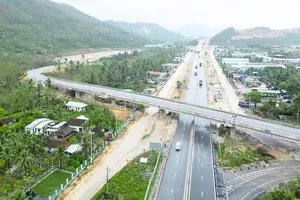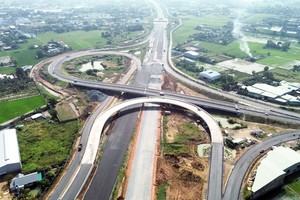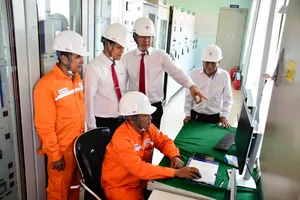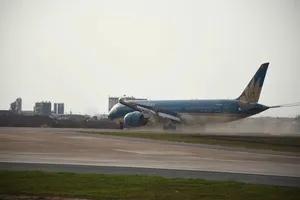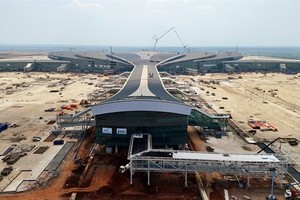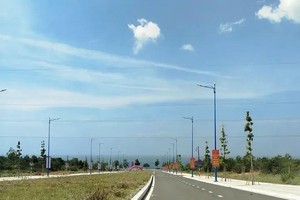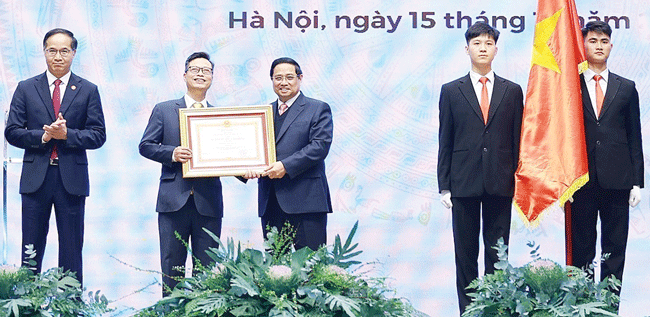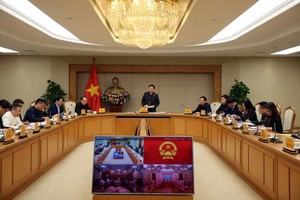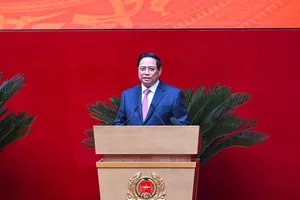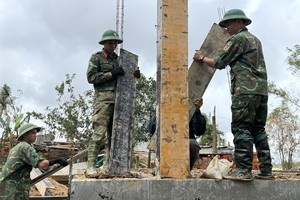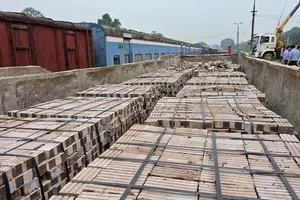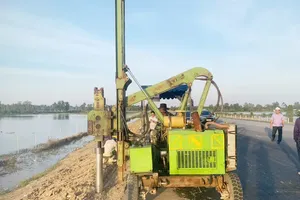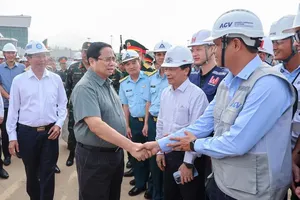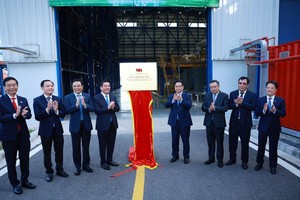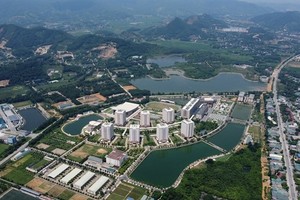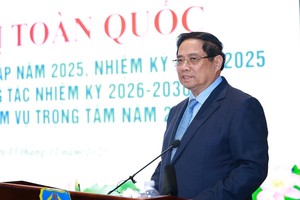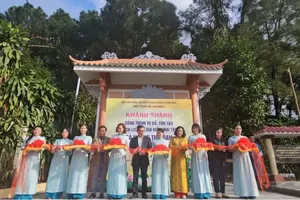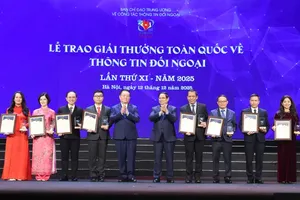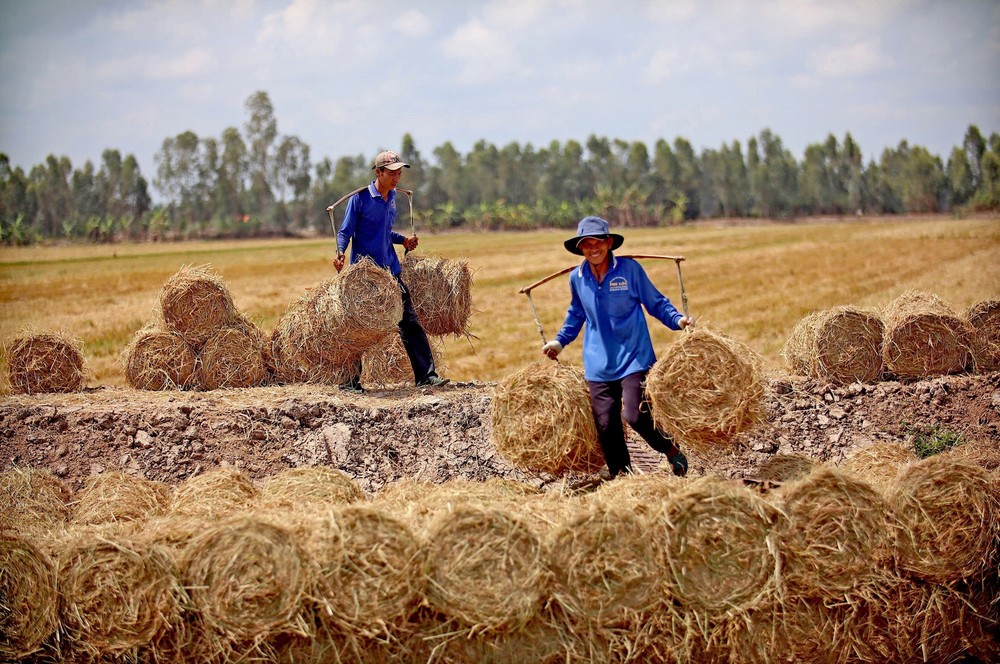
While the Mekong Delta region produces millions of tons of rice straw annually. The key to finding value in this byproduct is to shift towards sustainable practices that turn rice straw into valuable products such as organic fertilizer, mushroom substrate, animal feed, or bioenergy.
It is estimated that rice production in the Mekong Delta region generates over 24 million tons of straw annually. The region is facing main challenge of management of its abundant rice straw as only a small amount of this is collected for mushroom cultivation, covering crops, cushioning for fruit packaging, livestock feed, or composting. The majority is either buried in the fields resulting in waste or burned. This burning creates significant environmental pollution.
According to the plan, by 2030, the Mekong Delta region aims to establish 1 million hectares dedicated to high-quality and low-emission rice cultivation linked to green growth. Scientists estimate that these 1 million hectares will generate approximately 14 million tons of straw per year, which needs to be processed through a circular economy model. This is intended to maintain soil fertility, reduce CO2 emissions, conserve biodiversity, and bring added value to farmers from the straw byproduct.
However, during the pilot implementation of the 1 Million Hectares of Low-Emission Rice Specialization Scheme (the Scheme), the post-harvest straw processing according to the circular model has encountered numerous difficulties. Farmer Huynh Van Chinh in Long Phu Commune of Can Tho City who participated in the pilot production for three low-emission rice crops, said that during the dry season of the Winter-Spring crop, sometimes traders would bring machines to bale and purchase the straw for over VND100,000 per 1,000 m².
However, he added, during the rainy season, like this Summer-Autumn crop, it's impossible because the straw is wet and baling machines don't operate effectively, so no traders come to buy it. Consequently, he was forced to spread the straw out to till it under the soil, which is labor-intensive and yields no additional income.
Deputy Director Le Chi Thien of the Department of Agriculture and Environment of Dong Thap Province frankly acknowledged: "Although Dong Thap has implemented various models such as straw mushroom cultivation and organic composting, the consumption rate for straw is still too small compared to the total current straw reserve. To solve this problem, the province is intensifying efforts to call for investment in factories that produce products from straw, with the goal of increasing the consumption rate and market output for the straw."
Regarding the straw market, at the conference reviewing the 2025 Summer-Autumn rice production model for the 1 million hectares scheme, Deputy Minister of Agriculture and Environment Tran Thanh Nam stated that the Ministry has proactively worked with many domestic and international organizations and partners to find "outlets" for straw in the Mekong Delta and has achieved some initial results.
A typical example is the agreement to include a 150 MW biomass power plant in Vinh Thanh in Can Tho City, within Power Plan VIII. This facility will utilize approximately 1 million tons of straw annually as fuel.
Furthermore, the Ministry of Agriculture and Environment has connected with Japanese partners to explore the feasibility of investing in a husk and straw incineration plant in Vinh Long to create byproducts for the cosmetics industry, car tires, and construction materials.
According to Deputy Minister Tran Thanh Nam, the current market outlets for straw only solve a small part of the problem and are not yet sufficient to motivate farmers to actively collect and thoroughly process the straw in their fields. Therefore, finding market outlets and creating added value for straw requires proactive and decisive joint efforts from local authorities to call for investment from businesses in the straw utilization sector.
